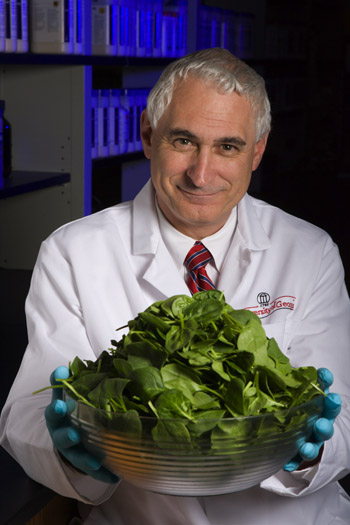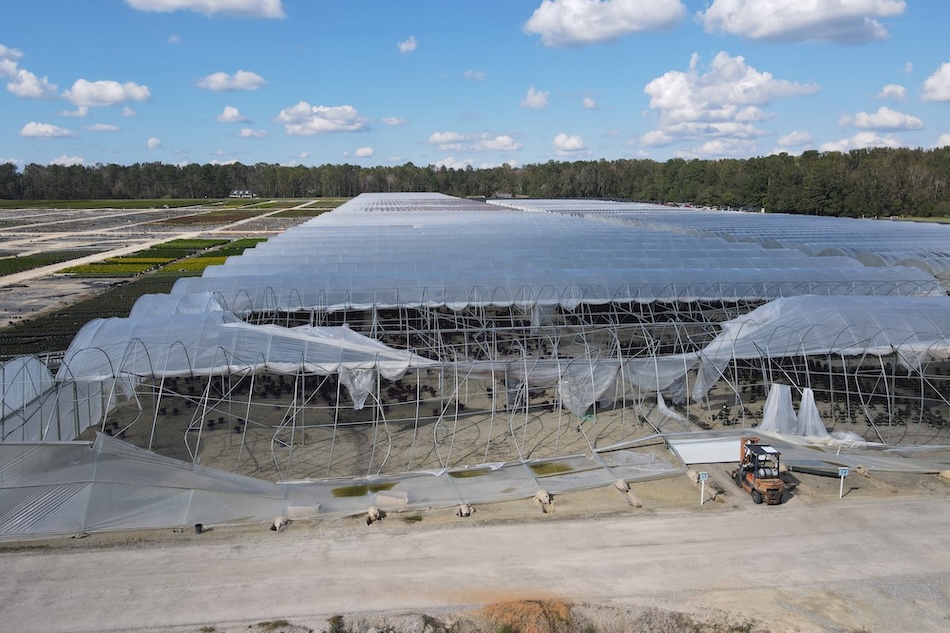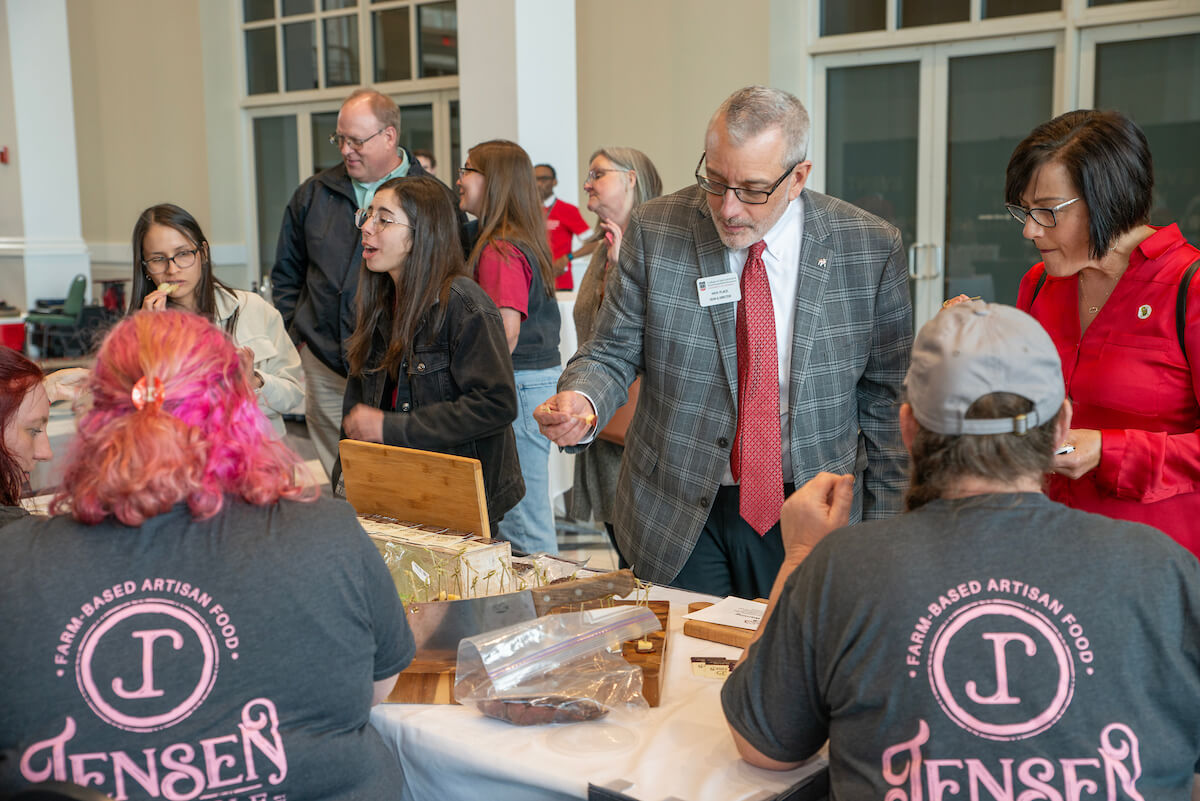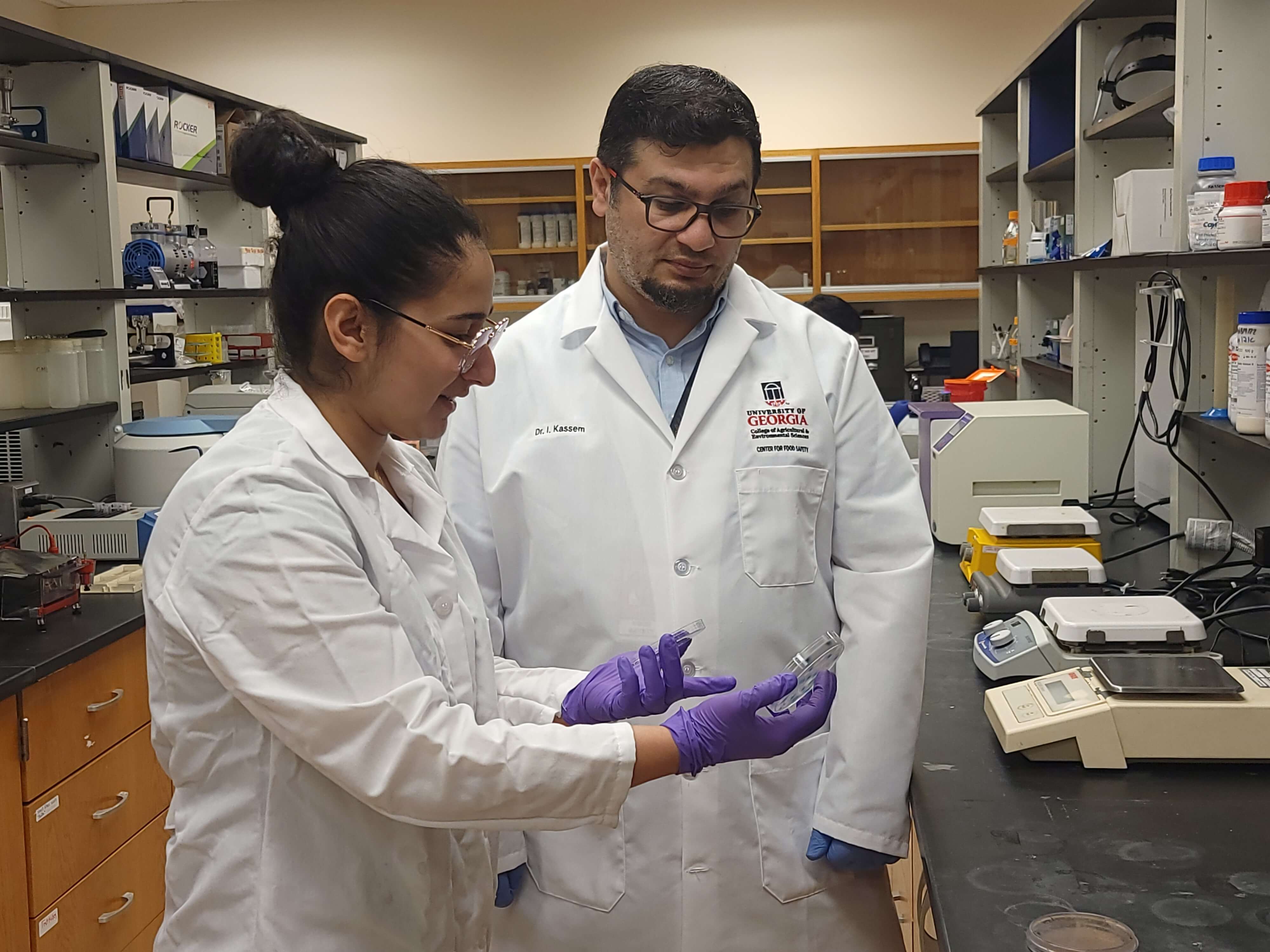Nearly 15 percent of the food Americans eat is imported from other countries, mostly from Canada, Mexico and China. This may sound like a small percentage, but it represents 80 percent of seafood and 45 percent of fresh fruit consumed in the U.S. A University of Georgia expert says increased food imports bring new challenges to ensuring a safe U.S. food supply.
"These global changes in food exportation necessitate implementing effective, internationally accepted food safety management systems,” said Michael Doyle, director of the UGA Center for Food Safety in Griffin, Ga.
Doyle spoke to a group of Chinese food safety specialists at a meeting in Athens, Ga., Nov. 23.
“We in the food safety community, no matter in what country we reside, are facing greater challenges than ever before in ensuring a safe and wholesome global food supply. We need to work together to address this challenge and help bring about the changes we need to make the world’s food supply safer for all,” he told the group.
Fruit and Fish
Hundreds of illnesses from contaminated spinach, lettuce, peppers, tomatoes and even peanut butter have made recent U.S. headlines. Other reports tell of tainted shellfish, pet food and a variety of foods and food ingredients imported from countries such as China.
The problem isn't where the food comes from, Doyle said, but how it's grown or processed before it reaches American soil.
"The centuries-old tradition of using human excreta on farmland is widespread in East Asia, especially in China and Vietnam," Doyle said. "In some areas of Mexico, farmland irrigation water comes from the untreated sewage from large cities. The result of these practices is contamination by harmful microbes such as salmonella."
Imported produce carries greater risk of Hepatitis A virus or norovirus contamination due to insanitary harvesting practices, he said.
Farm-raised shrimp and tilapia are commonly grown in ponds fertilized with raw sewage or livestock manure. It is estimated that two-thirds of the world’s farmed fish is grown using animal manure or human sewage, Doyle said.
Organic food processors import food sources from Africa and Latin America. “This includes countries in which food is produced under insanitary conditions,” he said. “There is no assurance that organic foods are safer than others.”
Solutions
The solution to the problem, Doyle said, lies in the hands of food producers, processors and regulatory agencies like the U.S. Food and Drug Administration.
"Solutions to today's food safety issues will not come easy," he said. "The food industry, whether it be growers, manufacturers or distributors, is responsible for providing safe foods. And regulatory agencies need more rapid and robust sampling and detection methods to verify that foods, especially those that are imported, are safe from harmful microbes and chemicals."
Doyle anticipates the number and frequency of foodborne illnesses to increase in the U.S. as the percentage of imported foods increases.
"Considering the dramatic changes occurring in our sources of food and the weaknesses present in our current food safety system, Congress needs to step up its funding of research to ensure the safety of the U.S. food supply," he said. "The longer we must wait for solutions the more challenging it will be to make effective corrective actions."








